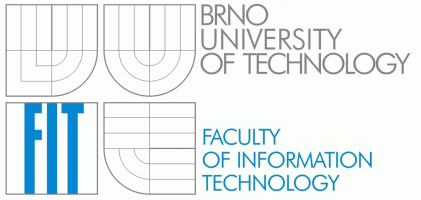DIRAC Consortium
|
Idiap is an independent non-profit research institute located in Martigny, Valais, and affiliated with the "Ecole Polytechnique Fédérale de Lausanne" EPFL, and the University of Geneva. Idiap carries out research in the areas of Speech Processing, Computer Vision, Information Retrieval, Biometric Authentication, Multimodal Interaction and Machine Learning. Contact: Dr. Barbara Caputo
|

|
Oregon Health and Science UniversityOur laboratory in the Department of Biomedical Engineering at the Oregon Health and Science University is focused on developing pattern recognition algorithms, information fusion, and special purpose devices to support care for elders. Contact: Prof. Misha Pavel
|
 |
|
Speech@FIT (Speech Processing Group at Faculty of Information Technology, Brno University of Technology - FIT BUT, Czech republic) was formed in 1997 at the Faculty of Electrical Engineering and Computer Science at BUT, and joined the Department of Computer Graphics and Multimedia of FIT at the creation of FIT in January 2002.
Main expertise of the group is in perceptually-based robust acoustic processing, speech recognition, keyword spotting and speaker and language identification. The best world’s best phoneme recognition system, and excellent results in NIST LRE 2005, 2007 and NIST SRE 2006, 2008 evaluations can be considered as its main achievement. Contact: Prof. Hynek Hermansky
|

|
|
Founded in August 2008 in Oldenburg, Fraunhofer IDMT’s project group Hearing, Speech and Audio Technology combines the internationally recognized Oldenburg hearing research with the competencies and technologies developed at Fraunhofer IDMT. Main emphasis of research is further development of scientific and technological knowledge in the fields of hearing rehabilitation, speech communication and audio technology in order to improve hearing in everyday life. Contact: Stefan Wabnik
|
 |






